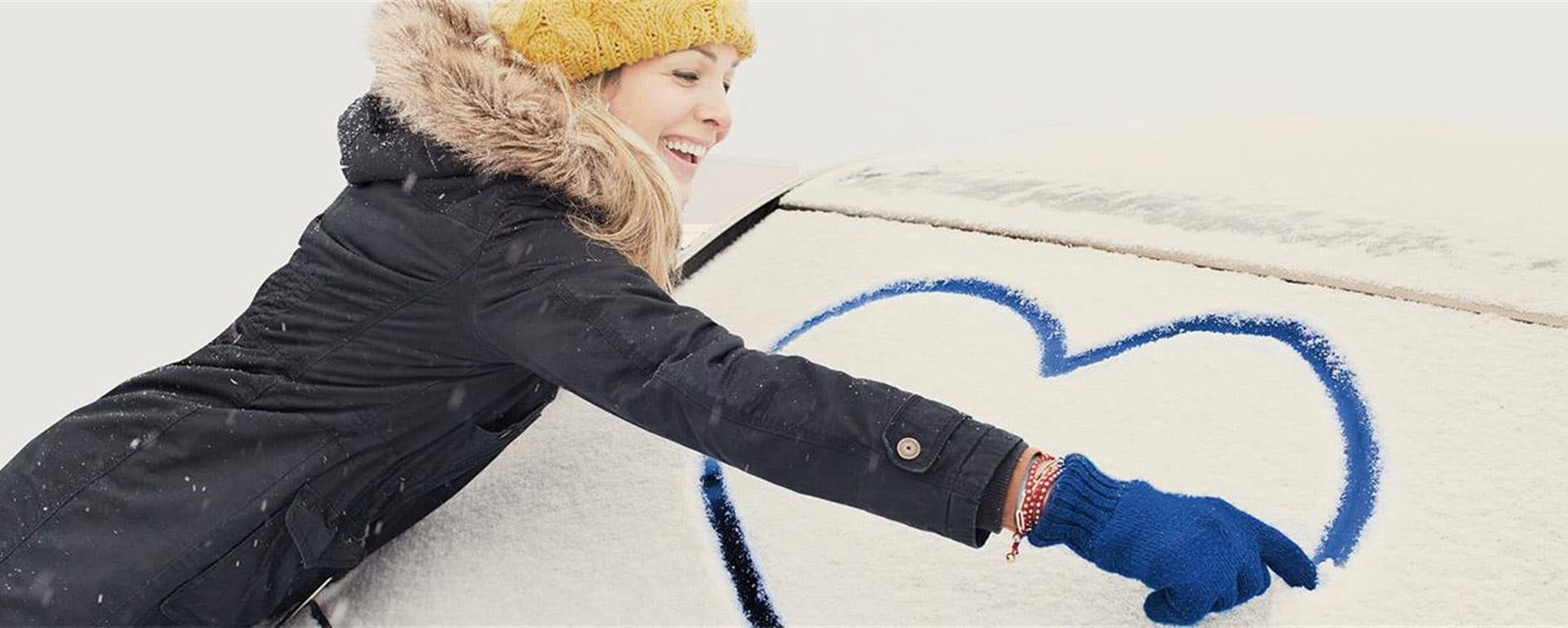Before setting off, all windows, lights and the number plate must be cleared of any snow or ice. It is also important that the windows are clean from the inside as well. Beware: It is not enough to clear a small hole to see through. If your sight is restricted when driving, this significantly increases your risk of accidents. The police do not like to see this either and you risk getting a fine, or even losing your driver's license in the worst case.
At the same time, you also have to be well seen: Therefore, make sure to clear headlights, indicators and number plates completely of any snow, ice or frost. You can do this for example using a broom or in low temperatures with a window de-icer from a spray can. Before every journey, make sure the lights, windshield washer and windshield wipers work perfectly.




